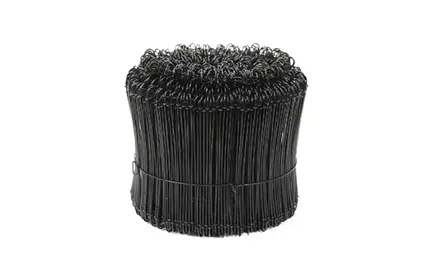-
 Phone:
Phone: -
 Email:
Email:

Effective Solutions for Chain Link Fence Repair and Maintenance Tips
Chain Link Fence Repair A Comprehensive Guide
Chain link fences are a popular choice for security, boundary definition, and property enhancement. However, over time, they may suffer from wear and tear, requiring repair to maintain their functionality and appearance. In this article, we will explore common issues associated with chain link fences, the necessary tools and materials for repair, and step-by-step instructions to tackle these issues effectively.
Common Issues with Chain Link Fences
1. Rust and Corrosion One of the most frequent problems with chain link fences is rust, especially in areas with high humidity. Rust can weaken the fence and lead to more serious damage if not addressed promptly.
2. Broken or Loose Sections Over time, sections of the chain link may come loose due to heavy winds or impacts. Additionally, the tension may weaken, causing sections to sag.
3. Missing or Damaged Posts Fence posts serve as the backbone of any fence structure. If a post is bent or broken, the integrity of the entire fence can be compromised.
4. Damage from Animals Wildlife or pets can sometimes cause damage to chain link fences, either by digging under them or chewing through the fence.
Tools and Materials Needed
Before starting your repair project, gather the following tools and materials
- Pliers and wire cutters - Replacement links or sections of chain link fabric - Fence ties or wire for securing links - A hammer or post driver for securing posts - Rust-resistant paint (if needed for rust prevention) - Concrete mix (for posts)
chain link fence repair

Step-by-Step Repair Instructions
1. Assess the Damage Begin by walking along the entire length of the fence to identify all areas requiring repair. Make notes of location and type of damage.
2. Fix Rust Issues For minor rust, sand the affected area using sandpaper or a wire brush until you reach bare metal. Clean the area thoroughly and apply a rust-resistant paint or sealant. For major corrosion, consider replacing the affected sections.
3. Repair Broken Links Use wire cutters to remove any broken links. Measure and cut a replacement piece of chain link fabric. Secure the new link in place with fence ties or wire, ensuring it is tightly connected to adjacent links.
4. Reinforce Loose Sections If you encounter sagging sections, tighten the tension wire that runs along the top of the fence. If this doesn't resolve the issue, consider replacing problematic sections or adding additional tension wires.
5. Replace Damaged Posts For severely damaged posts, remove the old post by digging around its base. Insert the new post into the hole, ensuring it is plumb and aligned with the other posts. Fill the hole with concrete for stability.
6. Finishing Touches Once repairs are completed, inspect the entire fence for any remaining issues. Apply rust-resistant paint as a preventive measure, especially in areas prone to moisture.
Conclusion
Repairing a chain link fence may seem daunting, but with the right tools and a little patience, it’s a manageable DIY project. Regular maintenance can prolong the life of your fence, keeping your property secure and visually appealing. Don’t wait for minor issues to escalate; tackle repairs as soon as they arise to enjoy the benefits of a sturdy chain link fence.
-
Wire Mesh for Every Need: A Practical SolutionNewsJul.25,2025
-
Steel Fences: Durable, Secure, and Stylish OptionsNewsJul.25,2025
-
Roll Top Fencing: A Smart Solution for Safety and SecurityNewsJul.25,2025
-
Cattle Farm Fencing Solutions for Maximum SecurityNewsJul.25,2025
-
Affordable Iron Binding Wire SolutionsNewsJul.25,2025
-
Affordable Galvanized Wire SolutionsNewsJul.25,2025
-
Wire Hanger Recycling IdeasNewsJul.25,2025








